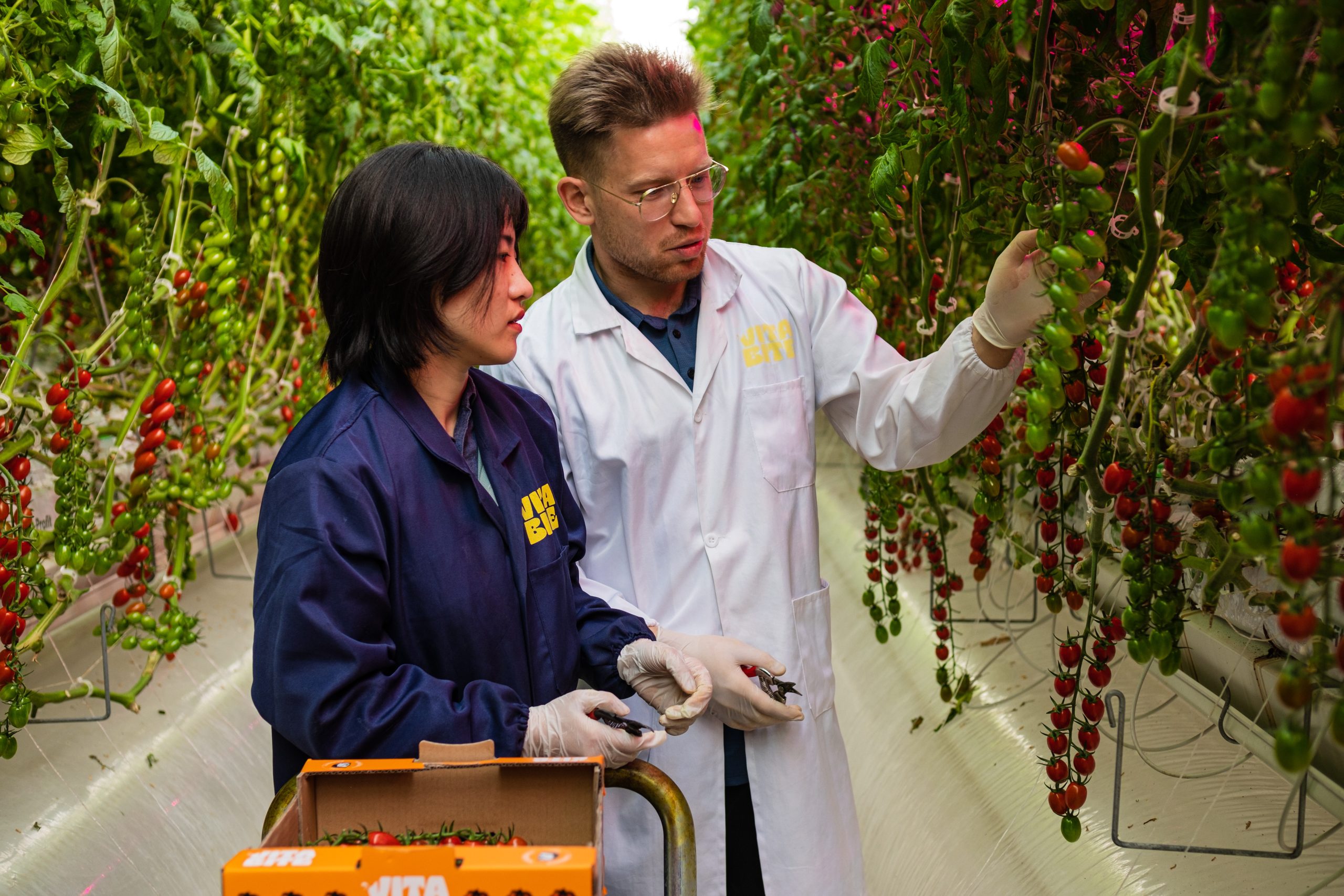Table of Contents
ToggleIntroduction:
As the world’s population continues to grow, so does the demand for food. Traditional agriculture, however, is struggling to keep up. With dwindling farmland, unpredictable weather patterns, and limited resources, farmers are facing increasing challenges. But what if we could grow crops in a completely new way? Enter the concept of crop-growing skyscrapers.
What are crop-growing skyscrapers?:
Crop-growing skyscrapers are vertical farms that use advanced technology and innovative techniques to grow crops in a controlled environment. These farms can be built in urban areas and are designed to maximize efficiency while minimizing waste and environmental impact.
Benefits of crop-growing skyscrapers:
There are many benefits to using crop-growing skyscrapers to produce food. Here are just a few:
Increased Efficiency: By growing crops vertically, we can maximize the use of space, and produce more food per square foot.
Year-round Production: Unlike traditional farming, which is limited by seasons, crop-growing skyscrapers can produce food year-round, regardless of weather conditions.
Reduced Environmental Impact: Vertical farming uses significantly less water, fertilizer, and pesticides than traditional farming, and produces no run-off or soil erosion.
Fresh Produce: With crop-growing skyscrapers located in urban areas, fresh produce can be delivered to nearby consumers quickly, reducing transportation emissions.
The technology used in crop-growing skyscrapers:
Crop-growing skyscrapers use a variety of cutting-edge technologies to create a controlled environment that is ideal for growing crops. Some of the technologies used include:
LED lighting: LED lights provide the right spectrum of light that plants need to grow, while using significantly less energy than traditional lighting.
Hydroponics: Hydroponics is a method of growing plants without soil, using nutrient-rich water instead. This method allows for precise control over the plant’s environment, resulting in faster growth and higher yields.
Aeroponics: Similar to hydroponics, aeroponics is a method of growing plants without soil. Instead of water, however, the plants are misted with a nutrient-rich solution. This method is highly efficient, using up to 95% less water than traditional farming.
Climate control: Crop-growing skyscrapers use advanced climate control systems to maintain optimal growing conditions for each crop. Temperature, humidity, and CO2 levels can all be adjusted to ensure the best possible results.
Challenges of crop-growing skyscrapers:
While there are many benefits to crop-growing skyscrapers, there are also some challenges that must be addressed. Here are a few:
High initial cost: Building a crop-growing skyscraper is expensive and requires significant up-front investment.
Energy consumption: Crop-growing skyscrapers require a lot of energy to operate, especially for lighting and climate control.
Maintenance: Crop-growing skyscrapers require regular maintenance to ensure that the systems are working properly.
Limited crop variety: While crop-growing skyscrapers can grow many types of plants, some crops are still difficult to grow in this environment.
Future of crop-growing skyscrapers:
Despite the challenges, the future of crop-growing skyscrapers is bright. With advancements in technology and increased demand for locally grown, sustainable food, these farms are poised to become a major players in the agriculture industry.
Conclusion:
Crop-growing skyscrapers offer a new, innovative way to produce food that is efficient, sustainable, and environmentally friendly. While there are challenges to overcome, the potential benefits are too great to ignore. As we look to feed a growing population, crop-growing skyscrapers are sure to play an important role in the future of agriculture.







